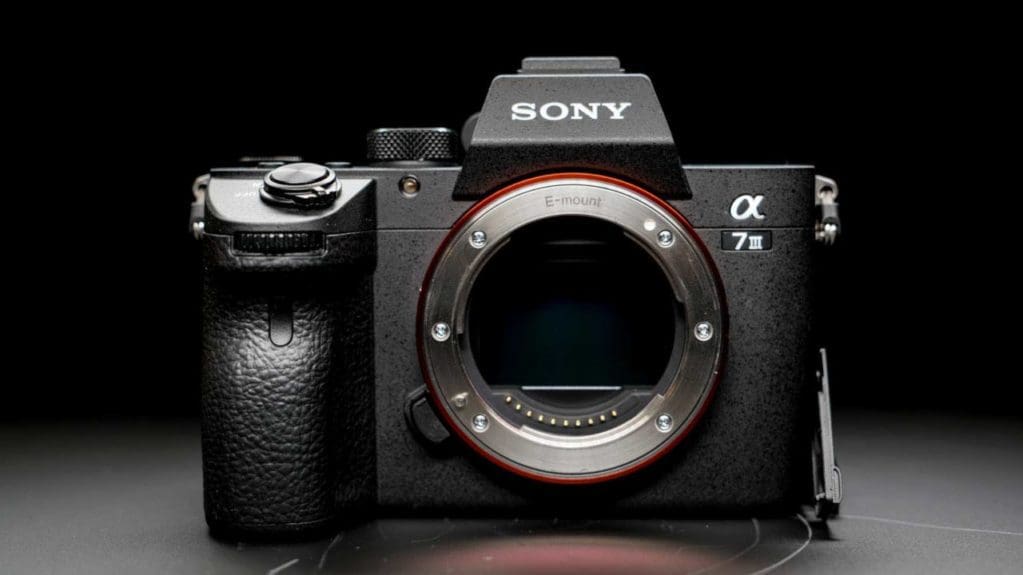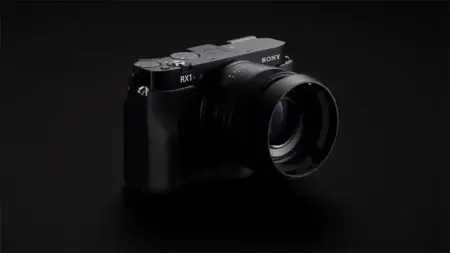Launched in 2018, the Sony A7 III may have been getting a little bit long in the tooth, but it is still one of the most popular and widely used full-frame cameras on the market. Then came the Sony A7 IV, which shunned the notion of a light refresh and marks a solid upgrade on its predecessor, beginning with a stunning new sensor. But is it enough to warrant selling your A7 III and making the jump to the new model? In this Sony A7 IV vs A7 III comparison we sought to take a deeper look based on our tests of these cameras to see how they truly stack up.
Yes, all of our requests for the A7 IV were granted by Sony, but the Sony A7 IV price tag no longer has that same eye-catching appeal that its predecessor did. You can find out how they compare in our video below and by scrolling down for a written breakdown.
Sensor
- Sony A7 IV: 33Mp full frame (35.9 x 24.0mm) BSI Exmor R CMOS sensor
- Sony A7 III: 24.2Mp Full frame (35.6×23.8mm), Exmor R CMOS sensor
The biggest and most obvious difference between the Sony A7 IV vs A7 III is the new sensor design. Sony has upgraded its all-rounder full-frame camera with a new 33-megapixel back-illuminated Exmoor R CMOS sensor to replace the 24-megapixel chip in the Sony A7 III. Overall, this makes a 37.%% increase in pixel count for the Sony A7 IV.
With the new sensor and boost in resolution, Sony has also upgraded the A7 IV’s processor, introducing the same Bionz XR processing engine found in the Sony A7S III and Sony A1. Sony says the new sensor and processor combo help control noise better in the A7 IV.
Video
- Sony A7 IV: 4K video at up to 60p
- Sony A7 III: 4K at up to 30p
The Sony A7 IV is capable of shooting 4K video at 60p in Super 35mm mode. If you want to use the full sensor for filming 4K, then your frame rate drops to 30p. However, you can shoot with 7K oversampling. Sony has also built the A7 IV with a heat-dissipating design that enables the camera to shoot 4K 60p 10-bit 4:2:2 video continuously for more than an hour without needing a rest.
The A7 IV also offers XAVC S-I intra-frame encoding for more efficient editing workflows and XAVC HS for better compression efficiency. What’s more, you can shoot in S-Log2 or S-Log3 for greater dynamic range and grading in post-production, or you can use Sony’s S-Cinetone mode or one of its Creative Look presets for your footage.
Something else Sony has added to the A7 V is a new switch under the exposure mode dial that makes it easier to switch between exposure modes when you’re shooting video.
The Sony A7 III, by comparison, can record 4K video to a memory card at up to 30p. Users also have the option to shoot in S-Log2 and S-Log3, and there is a Hybrid Log-Gamma (HLG) picture profile for displaying video direct from the camera on HDR (HLG) compatible televisions.
The A7 III also oversample files – gathering around 2.4x as much data as needed – to produce 4K footage with better dynamic range.
Autofocus
- Sony A7 IV: Hybrid AF with 759 phase detection points and 425 contrast detection points
- Sony A7 III: Hybrid AF with 693 phase detection points and 425 contrast detection points
As well as its processor, the Sony A7 IV also inherits the A1’s hybrid AF system with 759 phase detection points and 425 contrast detection points. Sony’s popular Eye AF is also on board in the A7 IV and can detect Human, Animal or Bird eyes with real-time tracking. And for the first time these Eye AF modes are available when shooting video as well as stills.
Other new AF features include AF Assist, Focus Map (similar to focus peaking, but colour coded to help users visualise depth of field) and Breathing Compensation. This latter mode uses data for compatible lenses (there are currently around 15) to apply a slight crop so that the framing of the image won’t change with the focus distance.
The Sony A7 III, meanwhile, employs a hybrid AF system comprising 693-point phase detection points and 425 contrast AF points. In total, these points cover 93% of the imaging area. The camera’s AF system is sensitive down to -3EV.
The A7 III also has Eye AF built-in, and options for Human and Animal were added later via new firmware. However, these aren’t available in video mode.
With more phase detection points and the option to use Eye AF for stills and video, the Sony A7 IV looks to have an improved AF system over the A7 III.
Overall, the A7 IV has a slight edge here in being able to record 4K footage at 60p. However, one edge the Sony A7 III has vs the A7 IV is in battery life, particularly when filming.

Viewfinder
- Sony A7 IV: 0.5-inch 3,686,400-dot EVF
- Sony A7 III: 0.5-inch 2,359,296-dot EVF
Another clear upgrade in the A7 IV is a new 0.5-inch 3,686,400-dot viewfinder that shows 100% field of view and provides a refresh rate up to 120fps.
The Sony A7 III also offers a large 0.5-inch EVF that gives a clear view of the scene. However, at 2,359,296 dots its resolution is quite a bit lower than the EVF on the A7 IV.
Screen
- Sony A7 IV: 3-inch 1,036,800-dot vari-angle touchscreen
- Sony A7 III: 3-inch 921,600-dot tilting touchscreen
The Sony A7 IV inherits the same 3-inch 1,036,800-dot vari-angle touchscreen as found on the A7S III. Unlike the touchscreen on the Sony A7C and A7 III, this touchscreen is more responsive. You can now navigate menus and make settings adjustments, whereas before with the A7 III you were mainly limited to tapping to set the AF point.
See our guide on the best cameras with flip-out screens.
Stabilisation
- Sony A7 IV: 5-axis giving up to 5.5EV compensation
- Sony A7 III: 5-axis giving up to 5EV compensation
Both the Sony A7 III and A7 IV offer built-in 5-axis in-body image stabilisation. However, the system in the A7 IV provides up to 5.5 stops of shutter speed compensation, compared to 5 stops for the A7 III.
This is a slight difference, but another advantage for the Sony A7 IV. For more, check out our guide on which cameras have IBIS.
Body & Weight
- Sony A7 IV: 658g; 131.3 x 96.4 x 79.8mm
- Sony A7 III: 650g; 126.9 x 95.6 x 73.7mm
When comparing the body design of the Sony A7 IV vs A7 III, the two cameras look almost identical. There are some slight differences, though. The A7 IV inherits the deeper grip from the Sony A7R IV and A1, and of course the A7 IV also has the vari-angle touchscreen. Sony has also moved the mic port to the top of the side of the camera where the screen flips out so that they don’t interfere with each other.
As a result of these tweaks, the Sony A7 IV is ever so slightly heavier (just 8g) and slightly chunkier. In practical use, though, you won’t notice these slight differences all that much.
Should I Sell My Sony A7 III?
We’re now at the point in the evolution of digital camera technology where new camera models aren’t the huge leap forward over the predecessor that they once were. We’re now in the era of light refreshes, but what’s refreshing this time is that the Sony A7 IV marks a very clear upgrade in almost every area but battery life over the Sony A7 III.
From our Sony A7 IV vs A7 III comparison you can see that even in areas such as video where the upgrades are slight, such as using Eye AF modes in video, they still make a big impact in your everyday practical use. This coupled with the substantial updates in sensor, processor, AF and other features means you should certainly think about selling your Sony A7 III and upgrading to the A7 IV.
Sponsored: Thinking of selling your Sony A7 III or other camera to upgrade? Selling your gear to MPB is the most secure way to do it. With free doorstep pickup, super-fast payment plus over 300,00 customers and five stars on Trustpilot. Buy. Sell. Trade. Create.





Leave a Reply